Economic Study of Recreational Fishing in Victoria- Headline Results VRFish
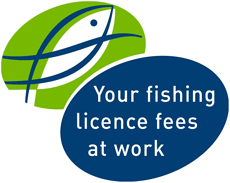
Ernst & Young have performed economic research in order to determine the net benefit and economic contribution of recreational fishing to Victoria. The key outcomes required for this study were qualitative and quantitative answers to the following questions:
- What are the characteristics and level of recreational fishing participants in Victoria?
- What is the net benefit of recreational fishing on the Victorian economy? and
- What is the contribution of recreational fishing and activities associated with fishing to the Victorian state economy?
The results of this research reflect the value of recreational fishing completed in Victoria by Victorians. The additional impact of recreational fishing in Victoria by non-Victorian tourists is not included.
The major outcomes of this study include:
- it is estimated 721,000 Victorians participated in recreational fishing in 2008/09. This level is higher than the previous estimate made by the Department of Primary Industries (DPI) which estimated that participation was around 500,000 each year in Victoria;
- the number of fishing trips taken in Victoria is estimated at an average of 12 per year per fisher. with the total number of fishing trips undertaken per annum in Victoria by all fishers being estimated at 8.7 million;
- the average expenditure per trip per fisher is estimated to be $250 inclusive of variable costs (such as accommodation, bait, fuel etc) and fixed costs (such as equipment and capital);
- an average of 2.4 people accompanying a fisher on each Victorian fishing trip; and
- the average number of locations regularly fished in Victoria by each fisher was 2.8.
The major demographic characteristics of Victorian recreational fishers (from the survey) include:
- 67% of recreational fishers are male with 33% being female.
- 64% of recreational fishers reside in metropolitan Melbourne and 36% in regional Victoria.
- 75% of recreational fishing is undertaken in Summer and Spring.
- The majority of fishing takes place inland and in the marine environment with bait fishing being the most popular, followed by Lure fishing and Fly fishing.
| Type of Fishing Participation | % of respondents |
|---|---|
| Bait Fishing | 97% |
| Lure Fishing | 65% |
| Fly Fishing | 14% |
| Spear Fishing | 6% |
| Other | 3% |
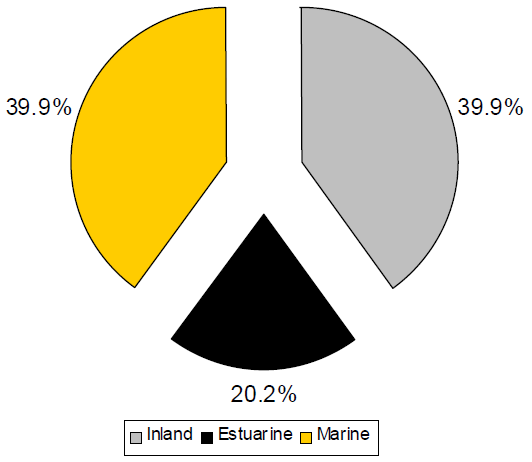
Inland = 39.9%
Marine = 39.9%
Estuarine = 20.2%
- The age group with which recreational fishing is most popular is the 45 – 54 years age bracket, however, the range is relatively evenly spread between all age groups.
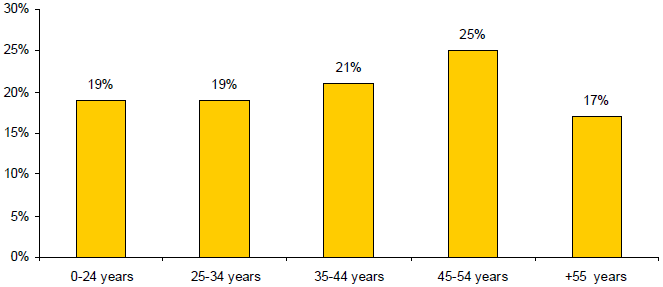
% OF RECREATIONAL FISHING PARTICIPANTS DURING THE PAST 12 MONTHS
| Age | % participants |
|---|---|
| 0-24 years | 19% |
| 25-34 years | 19% |
| 35-44 years | 21% |
| 45-54 years | 25% |
| +55 years | 17% |
The results of the economic analysis include:
- The activity direct expenditure was valued at $2.3 billion in 2008-09 and is estimated to increase to $2.9 billion in 2028-29.
- The industry produced an estimated total Gross State Product (GSP) of $825 million in 2008-09, representing 0.3% of the total Victorian GSP. The net present value of the recreational fishing industry over the next 20 years is estimated at $10.6 billion.
- The recreational fishing industry contributed 5,200 jobs in Victoria in 2008-09 (including flow on jobs).
- There is a significant regional component to the economic contribution of recreational fishing in Victoria as reflected in the following:
- The Gross Regional Product (GRP) outcomes for 2008-09:
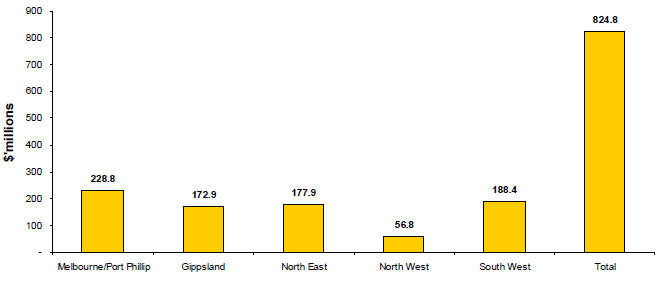
| Area | $'millions |
|---|---|
| Melbourne/Port Phillip | 228.8 |
| Gippsland | 172.9 |
| North East | 177.9 |
| North West | 56.8 |
| South West | 188.4 |
| Total | 824.8 |
- The regional employment outcomes for 2008-09:
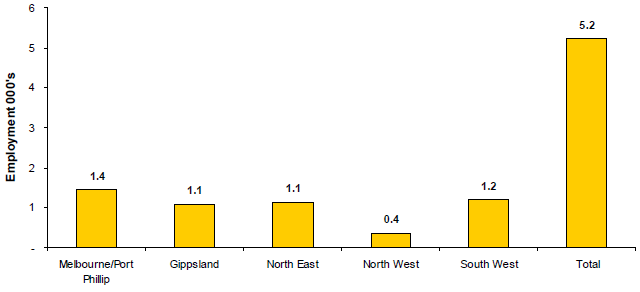
| Area | Employment 000's |
|---|---|
| Melbourne/Port Phillip | 1.4 |
| Gippsland | 1.1 |
| North East | 1.1 |
| North West | 0.4 |
| South West | 1.2 |
| Total | 5.2 |
This report, from which the Headline Results have been sourced, required Ernst & Young to complete an independent evaluation of the economic contribution of recreational fishing in Victoria, has been commissioned by VRFish. However, it is important to note that a condition of Ernst & Young agreeing to its preparation was for it to have complete independence in the preparation and presentation of the results.
The report draws on inquiries into, and discussions with management and a range of public and private sector organisations and uses publicly available information, which where possible, has been verified. The results set out in the report have been limited in scope and time and a more detailed review with access to confidential or restricted information may reveal material issues that this review has not.
The report may not have considered issues relevant to any parties other than VRFIsh. Any use such other parties may choose to make of the report is entirely at their own risk. Ernst & Young will have no responsibility whatsoever in relation to any such use. This document may be distributed outside of VRFish only on the basis that Ernst & Young assumes no duty of care or responsibility or liability whatsoever to any recipient in respect of the contents of the document.
Contact
If you would like to receive a full copy of this report please email richard.rogala@depi.vic.gov.au
